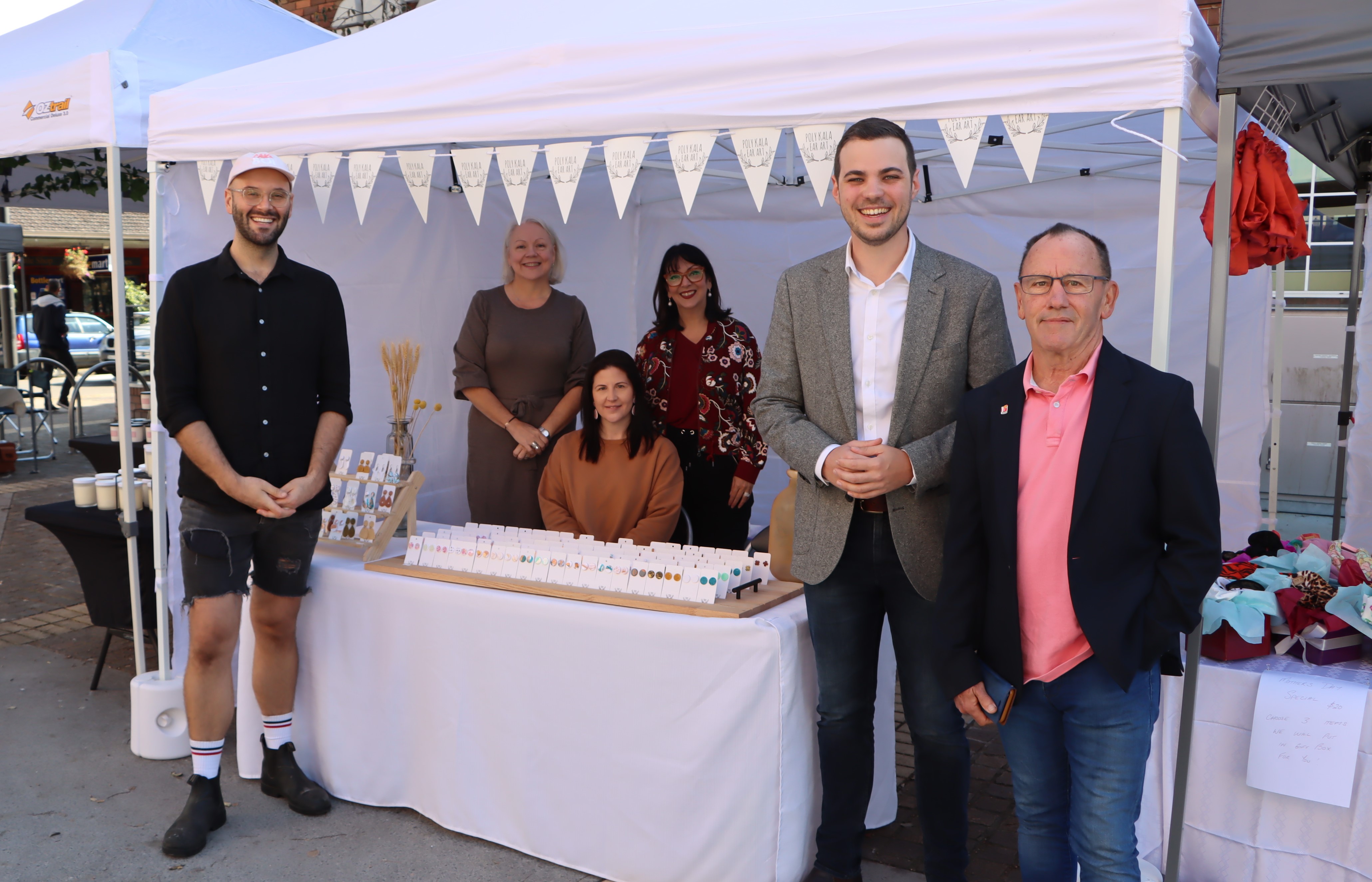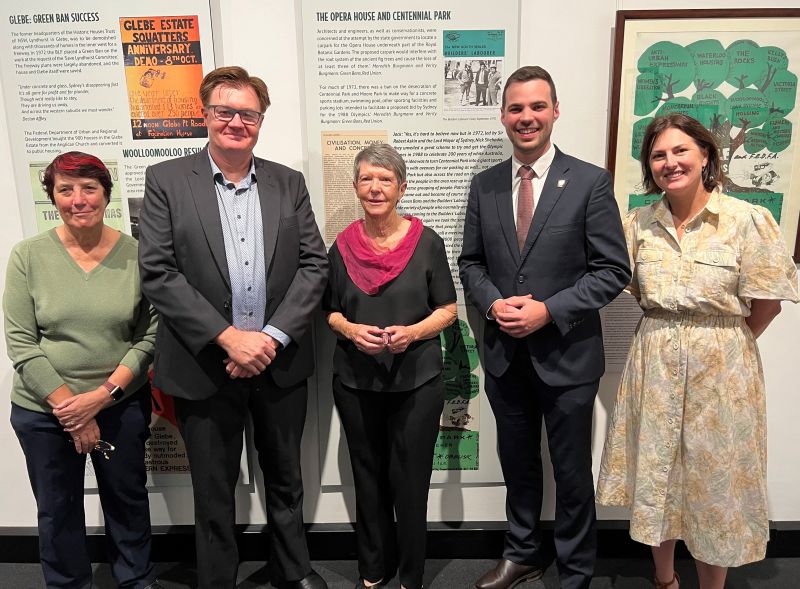The Morrison Government will equip Australia’s special operations forces with cutting edge equipment and technology as part of a new $1 billion upgrade.
Prime Minister Scott Morrison said the $1 billion for ‘Project Greyfin’ would deliver highly specialised communications and intelligence equipment, new water and land vehicles, tactical equipment and weapons and new facilities.
“Our special forces and commandos are the best in the world at what they do and we’re committed to ensuring they’ve got the right kit to do their jobs,” the Prime Minister said.
“A strong economy means a stronger future for our special operations forces because we can make the investments we need.
“Our special forces and commandos defend Australia and our interests 24 hours a day and Project Greyfin will keep them at the cutting edge.
“Not only do these upgrades help keep Australians safe, they mean more investment in the jobs and skills right here at home that make this equipment.
“Australia’s booming defence industry is playing a growing role in delivering the specialist capability our Special Operations Command needs and we will keep making the investments to grow local jobs and skills.”
Since announcing Project Greyfin in 2019, Defence has been focused on bolstering specialist equipment and aiming to enhance communications, surveillance and counter-terrorism capabilities for Special Operations Command personnel.
This second stage of the project will aim to update Special Operations Command and control with a focus on agility and strategic posture.
Minister for Defence Peter Dutton said Project Greyfin would help Australia’s Special Operations Command better respond to threats at home and across our region.
“Keeping Australians safe, protecting our interests and preserving our way of life is the top priority for the Government,” Minister Dutton said.
“Project Greyfin is ensuring our Australian special forces have access to the best and latest weapons and equipment.
“Given the rapidly evolving strategic and threat environment facing Australia, special forces troops need the best gear. And it’s equally important that Defence is agile enough to get this equipment to the troops, when they need it.
“Australia’s Special Operations Command – the Special Air Service Regiment, 1st and 2nd Commando Regiments, Special Operations Engineer Regiment and the Special Operations Logistic Squadron – need to be ready to deploy on operations anywhere in the world, at short notice, and in very uncertain conditions,” said Minister Dutton.
“The first stage of funding enabled our special forces to remedy lower complexity shortfalls in their capability.
“The second stage focuses on cutting edge innovation, research, science and technology, to better equip our forces and help them solve unique problems.”
The Morrison Government is investing more than $575 billion in Australia’s Defence Force over this decade, including $270 billion in Australia’s defence capability that will support more than 100,000 jobs.
In 2020, we restored defence investment to 2% of GDP. Defence spending is increasing above 2% of GDP as we continue to deliver a stable funding path into the future. This reverses the decline under Labor, when defence funding was gutted by $18 billion and fell to 1.56% of GDP – the lowest level since 1938.
Read more about our plan for Growing Our Sovereign Defence Industry


